ART+TECH Report
Up close and digital
The ART+TECH Report | Collectors Edition is an initiative by Kerstin Gold, Kristina Leipold (Artpreneur.io), Johanna Neuschäffer and Anne Schwanz (Office Impart). For Gallery Weekend Berlin the team behind this report conducted a series of personal views on the digital art market.
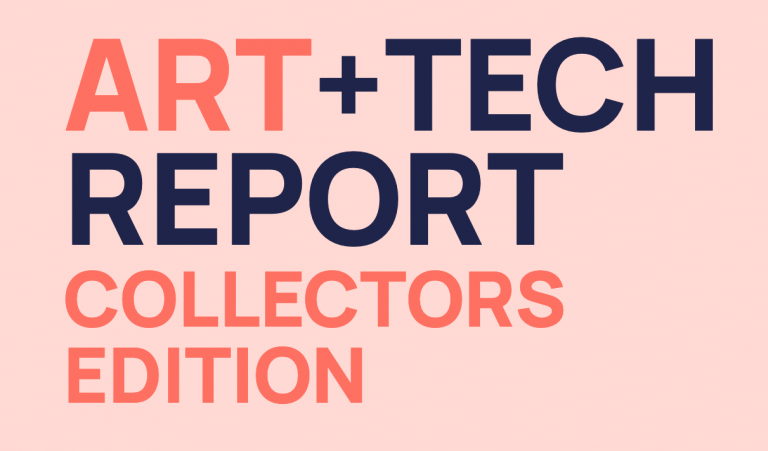
The perspective of collectors as buyers and online users is providing important insights and design recommendations for experts and their digital future in the art market. With the ART+TECH Report | Collectors Edition, we have created an independent, valid and visionary basis that promotes awareness and affinity for the digital in the art world. The full report can be viewed and downloaded for free at www.arttechreport.com.
How will the recent shift into the digital realm change the art market? In the light of our recent survey results from a collectors point of view we were now keen to hear from exciting (female) personalities from the art world how the digitization in the art sector has changed, is changing and will change their everyday lives. With inspiring answers from Diandra Donecker, Cordelia Noe, Esther Schipper, Franziska Sprengel and Maike Cruse, we are excited to kick-off this exciting new series around the digitization in the art market.
Esther Schipper, Owner Esther Schipper gallery
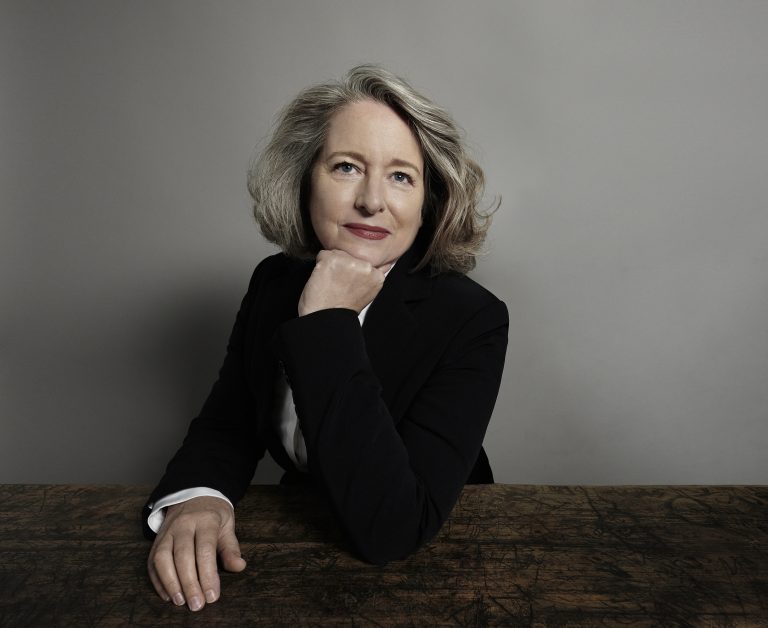
Esther Schipper
In what way did the digital advances seen over the last year in the art market have a positive influence on you?
It was very positive for us that we were now more or less forced to reinvent ourselves digitally. It also gave us the opportunity to increase the visibility of our artists’ work making content they engage with and develop more visible. The digital will never replace the physical experience but it does allow for content to become more accessible in a more targeted manner. What we are now developing in collaboration with and with regards to artists are completely new formats that allow new approaches to their work and creative processes.
Which digital tools and technologies are exciting for you or will be of great relevance to you in the future, and why?
In general, I think that all the new platforms and communication tools that have been developed or used will certainly remain. Whether it is the offer to take part in live video tours for those who cannot visit in person, or the online viewing rooms as an accompaniment to a trade fair, just to name a few digital additions, they will certainly be maintained and further developed. With regards to sustainability and climate-friendly measures, surely some things will be shifted to the digital level instead of always quickly getting on the next plane or simply sending the works around the area.
Surely, a lot will be transferred to the digital area in the future in order to develop a more environmentally friendly approach in retrospect of past processes, when collectors jumped left and right into planes or works of art were sent around on a whim.
How do you think art will be seen, consumed and bought in 5 years?
If we could only predict that! Due to this unbelievable natural disaster – which has thrown the world into a crisis of a magnitude last witnessed during the second world war – the art world too is facing fundamental changes. I’m still convinced that the essence of the art market is found within the physical encounter. Just like most artworks, which are either unique or a limited edition, the physical encounter with art remains to be a unique experience.
Diandra Donecker, Director and Partner at Grisebach
In what way did the digital advances seen over the last year in the art market have a positive influence on you?
The big step and the revolution for the auction market par excellence: Online only auctions are on a par with classic hall auctions and are successful. Grisebach only began with online auctions in the summer of 2021 and has made it to the top of the German Market with its monthly auctions.
Which digital tools and technologies are exciting for you or will be of great relevance to you in the future, and why?
VR and AR: Virtual Reality and Augmented Reality. Tangible art; making art approachable within the room. Apart from that, the option to place an artwork of my choice in my private home and realize it in 3D.
How do you think art will be seen, consumed and bought in 5 years?
Despite all the enthusiasm for digital developments that lead to positive purchase decisions, more transparency and fewer hurdles, I am still convinced that nothing can replace the experience and closeness that the original work is able to evoke. No digital tool will ever convey an aura like the real work can do in a 1:1 experience. Therefore I expect new, exciting systems, more dynamic and speed, but nothing can replace the personal encounter with a work of art. And that’s exactly what art and the art market thrive on. In the end it is: SEEING ART. Digitization is a parallel path, an “in order to”, but can never replace the core of the matter: SEEING and sensuality. Because art is also an expression of a fundamental longing of humanity to peek behind the world’s veil. And that requires a physical encounter with the original.
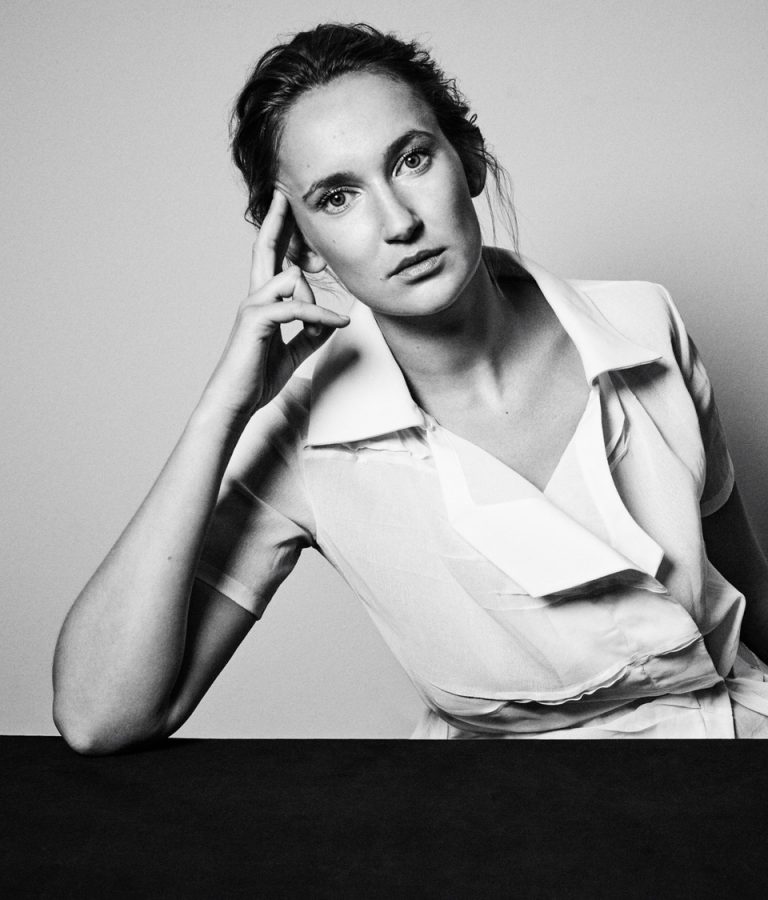
Diandra Donecker
Cordelia Noe, CEO/Founder at TheArtGorgeous Media Group
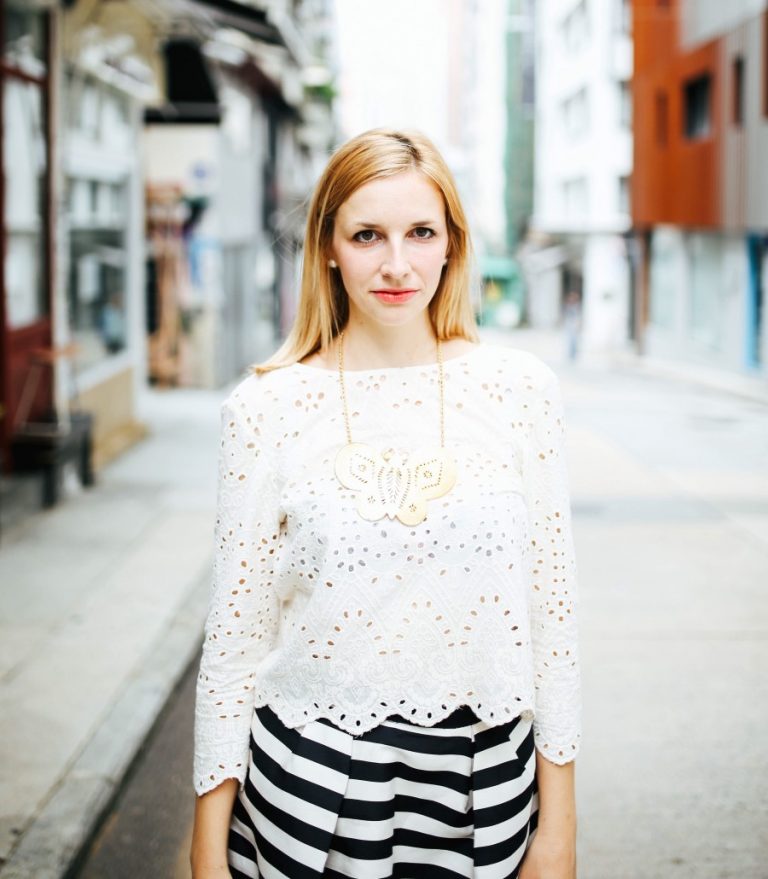
Cordelia Noe
In what way did the digital advances seen over the last year in the art market have a positive influence on you?
More power for the i.e. artists due to better communication options via IG etc. 2. More efficiency through the rise of Zoom & Co. especially for global calls 3. More transparency, foremost in pricing.
Which digital tools and technologies are exciting for you or will be of great relevance to you in the future, and why?
Zoom :) I’m already experiencing Zoom fatigue but it remains a large improvement which has made remote working a lot easier. Attractive viewing rooms with innovative and fun features.
How do you think art will be seen, consumed and bought in 5 years?
Certainly for a while via IG, probably even more than via email. Also, innovative platforms such as our commission-free #artgirlsmarket and increasingly via direct contact with artists
Franziska Sprengel, Spokesperson of the Jungen Freunde des Sprengel Museum Hannover
In what way did the digital advances seen over the last year in the art market have a positive influence on you?
For me, those formats were enriching where I got new impulses and was able to exchange ideas due to an authentic closeness, unobtrusive alternatives and voluntary interaction – during digital studio visits, for example.
Which digital tools and technologies are exciting for you or will be of great relevance to you in the future, and why?
I am curious to see what possibilities will be enabled through artificial intelligence and robotics. What type of art will AI create in the future, and what type of topics will be addressed? Is it going to replace art mediators and curators? Will it suggest possible and individual buying options?
How do you think art will be seen, consumed and bought in 5 years?
I would love to see spaces that allow a place for discourse and exchange with other people during light conversations – especially outside my bubble. Digital. Analogue. Ideally a charming and interesting mix of both; with the possibility of buying art.
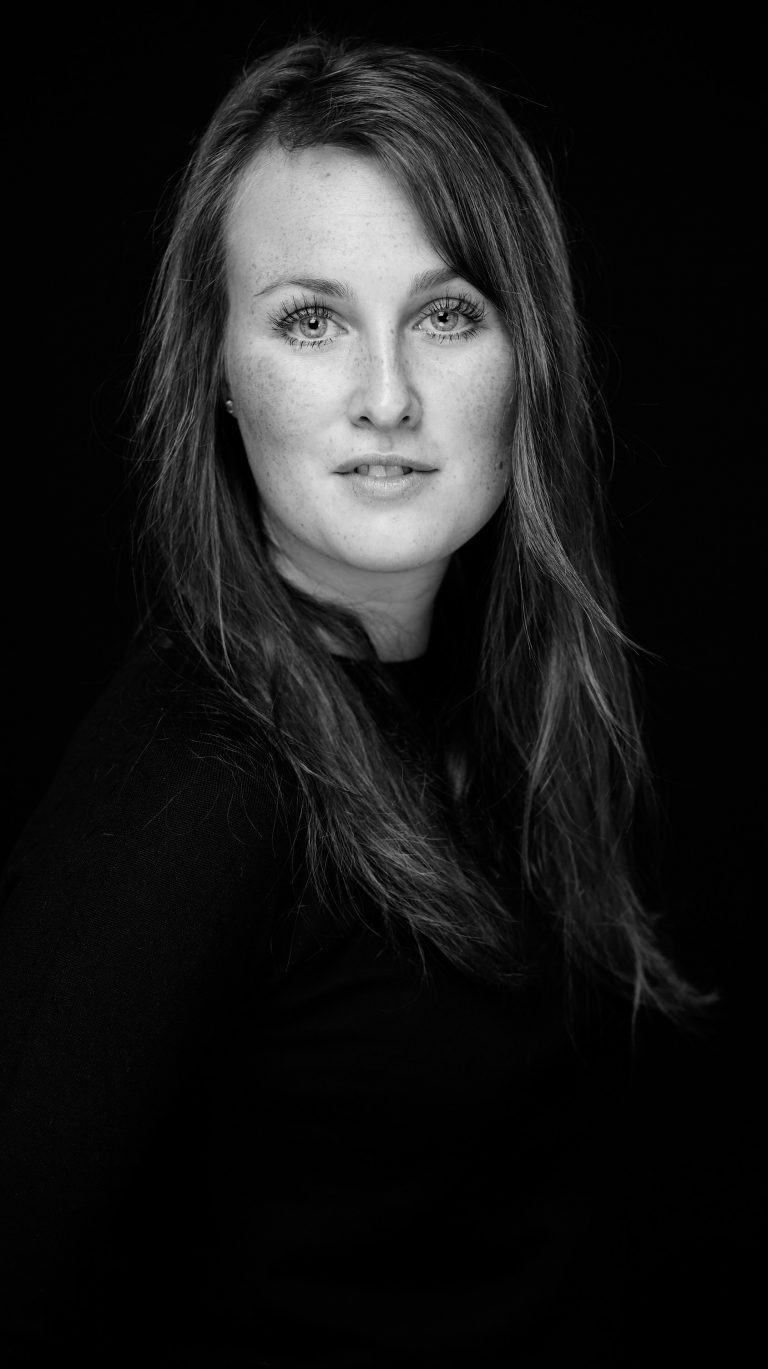
Franziska Sprengel
Maike Cruse, Director Gallery Weekend Berlin
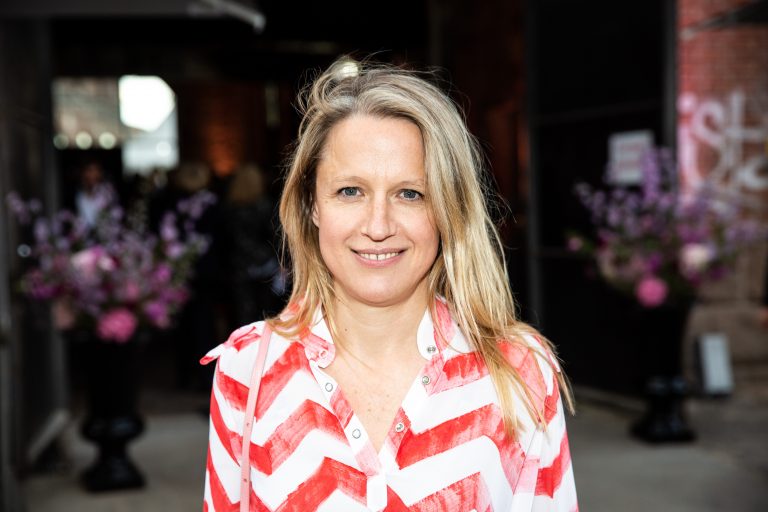
Maike Cruse
In what way did the digital advances seen over the last year in the art market have a positive influence on you?
The online viewing rooms offered an interesting new overview. It was definitely enriching, but sometimes also exhausting, to click through various programs, such as those of the major international art fairs, but also new local initiatives such as the LA platform. Researching available works has never been so easy and transparent.
Which digital tools and technologies are exciting for you or will be of great relevance to you in the future, and why?
Zoom conferences definitely simplified the process when it came to international as well as more spontaneous meetings. Our digital platform for Berlin galleries and their content was a necessary development that we will continue to expand. We are continuing digital tours with international collectors’ groups and films in exhibitions and artist studios – especially for an international audience. These measures can be used to easily reach an international audience and keep them updated on the content. We also pursue virtual spaces such as Mozilla Hubs in order to address the various target groups in the long term.
How do you think art will be seen, consumed and bought in 5 years?
Online purchases have increased dramatically in recent years, particularly in the last year. And this development will continue. I expect the technology and opportunities that come with it will improve quickly. Nevertheless, we have seen that mainly renowned artists from well-known galleries are bought online. Physical exhibitions in galleries, museums and Kunstvereine are essential, above all to convey less established positions. Art looks much better in its original form. It evokes emotions and you can understand and communicate a lot better when face-to-face. I think that alongside the digital developments that will take place, the physical encounter will be cherished anew and experience a revival.
